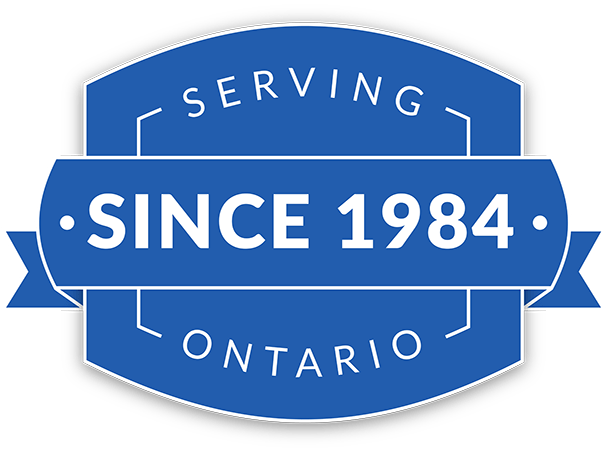
Road Rage: Risks, Liability, and How Auto Insurance Can Protect You
Road rage is an increasingly common issue on Canadian roads, with surveys showing a rise in aggressive driving behaviours. These incidents not only endanger lives...

Why isn’t it the same?
Replacement is very different from market value or tax assessment value. Insurance premiums are not based on the current resale value of your home, but on the cost to rebuild and/or replace it.
Market Value is based on a number of factors that have no direct association to your home’s replacement cost. Some of those factors include desirability (location), land value and market value of surrounding homes. Replacement cost factors, on the other hand, can include materials costs, fuel and energy costs, the cost and availability of skilled labour, debris removal, site accessibility, winter heating of the construction site and changing construction codes.
What amount of insurance protection do I need?
Most comprehensive homeowners’ policies guarantee the replacement of your home in the event of a loss. If you have this guarantee, it will make up a shortfall in the event that the replacement cost of your home is inadequate. This is a great benefit because it provides assurance that if the cost to replace your home at the time of loss is more than the home’s stated value on the policy, the insurance company will still replace it at no additional cost to you. However, companies need to keep insurance valuations in line with construction market realities to be able to continue to provide Guaranteed Replacement Cost coverage over the long term.
When rebuilding a home with severe damage, there are costs associated with reconstruction that are not part of the original construction cost. Regardless of a home’s age, the following additional reconstruction costs need to be considered when determining the amount of insurance needed for your home.
No Volume Discounts
A reconstruction firm purchases in smaller quantities than a general contractor or a subdivision builder and does not receive volume discounts from building suppliers. These firms have to factor in their profit and overhead (20%-30%) based on building one home as opposed to many. These extra costs are all part of the cost of reconstruction.
Costs of Demolition and Debris Removal
Before any reconstruction can begin on an existing home, debris from the damages must be removed. When removing debris, reconstruction firms must work without damaging existing driveways, landscaping, utilities, sewer systems and any undamaged portion of the house that may be remaining. The time and expense to work around these obstacles add to the cost of the overall project. The site may also have to be extensively cleaned if the soil is contaminated.
Current Building Codes
When rebuilding or restoring a home, you may need to meet the newer and more demanding building codes. Building code charges can add thousands of dollars to the cost of restoring a damaged home.
Roof Down versus Foundation Up
New construction begins at the foundation and builds upwards. Repairing a house that is not totally destroyed often involves removing the roof and rebuilding from the top down, a far more time-consuming and labour intensive process

Road rage is an increasingly common issue on Canadian roads, with surveys showing a rise in aggressive driving behaviours. These incidents not only endanger lives...

Cybercrime and ransomware attacks are on the rise, posing significant threats to businesses of all sizes. From data breaches to costly ransomware attacks, the impact...

Understanding Contractors Insurance Contractors in Ontario face a unique set of risks every day, from potential legal claims to equipment theft and job site accidents....
Competitive rates for optimal coverage.

No obligation, just great information!
